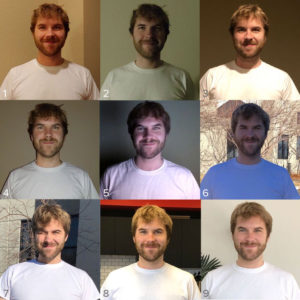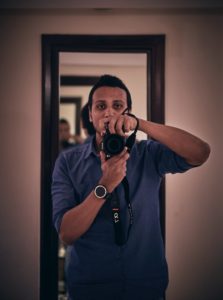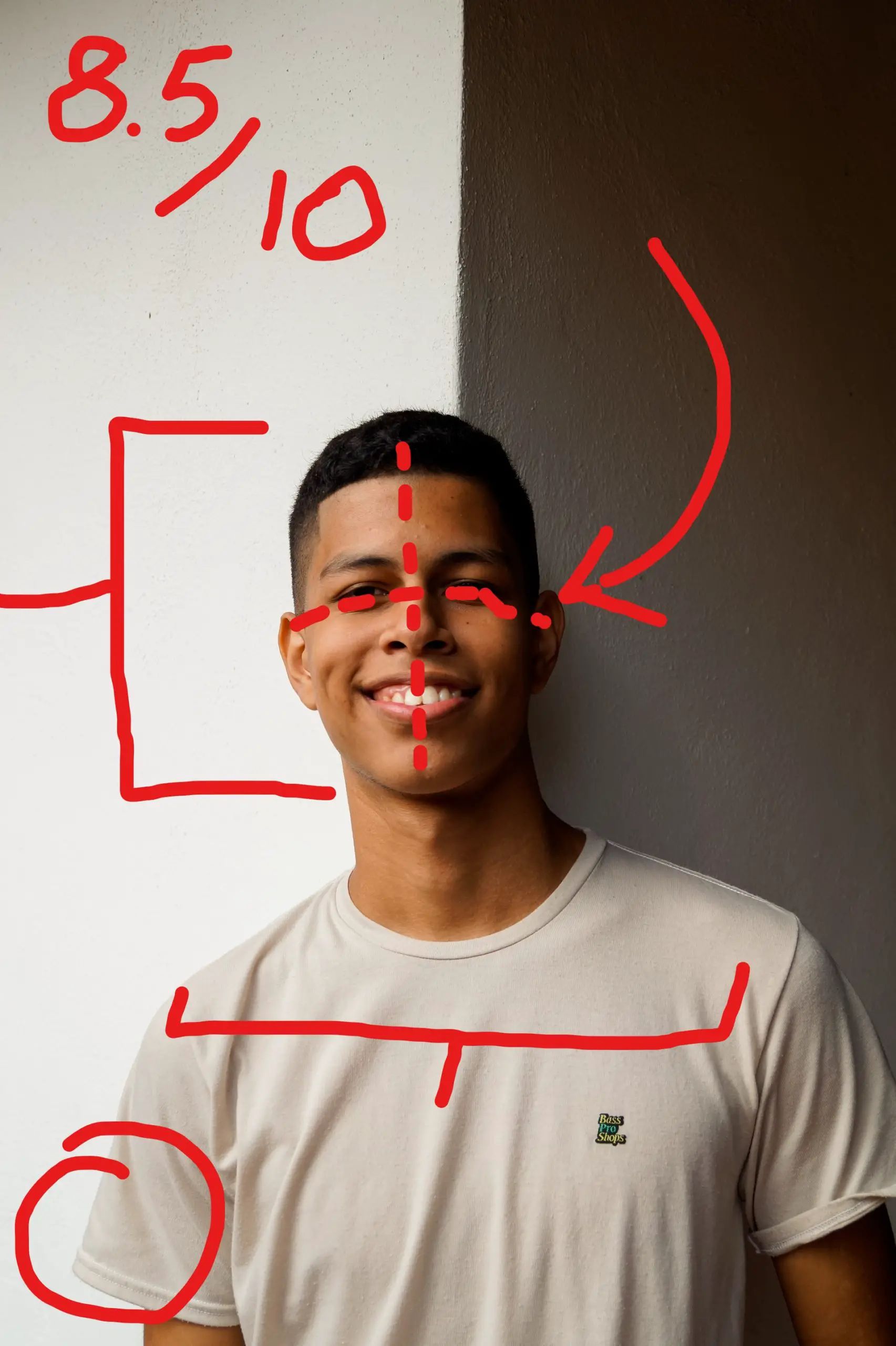In this guide, we will show you how to see what you really look like. This guide has been updated with more accurate details to help you take a photo that shows you exactly how you look to others. (i.e. how other people see you.)
Before we get to the guide, though, we’re going to cover a few important points.
You’re probably looking for guides on how to see what you really look for one of the following reasons:
- You’re not satisfied with your selfies.
- You look good in some photos but bad in others.
- Your face looks good in the mirror but bad in photos –or vice versa.
- Not feeling confident in how you look.
- Feeling like your nose is too big.
- It’s hard to know what you actually look like.
- You have body dysmorphia.
And the list goes on…
If you don’t know why you look the way you do in photos and you truly want to see what you really look like to others, you need to have a reliable camera. This is because most front-facing cameras and other photos distort the way you actually look. Take a look at this article for reference.
As a short summary, taking photos with different focal lengths and lenses produces photos that deviate from reality. Here’s a photo of this below.

Source: https://bakerdh.wordpress.com/2012/05/face-distortion-is-not-due-to-lens-distortion/
This means that in order to see how you really look like, you need to have a camera that replicates the human eye’s focal length. That will give you the closest photo to what you really look like. You don’t need any weird toys and you don’t need the fanciest camera that will make all the art nerds swoon.
Directions: How To See How Other People See You.
- Use a DSLR camera with a focal length replicating the human eye.
- Use a flat, undistorted mirror.
- Get neutral, natural lighting.
- Use another person to double check for distortions.
Step 1: Use a DSLR camera with a focal length replicating the human eye.
As we said above, you’ll need a DSLR camera with a focal length replicating the human eye. The only way to see what you really look like, especially how other people see you, is to have the closest thing to the human eye as you can get.
I found a DSLR camera whose focal length does not deviate too much from that of the human eye is the closest thing to seeing how you really look to others. (Who would have guessed, it’s an Amazon Choice! I guess people really want to see how they truly look…) This way, you will have a camera that can capture exactly how you look to others. I’ve scoured the internet for the best DSLR camera whose focal length can replicate the human eye, and here’s what I have.
The human eye has a focal length of 50mm. This camera has that, and will provide you with the most accurate representation of how you really look to others. But first, a few extra steps of precaution:
Step 2: Use a flat, undistorted mirror.
The mirror you have at your house is probably to a certain degree tilted or bent a certain direction. You can tell based on how it may bend the reality it represents. I find that many mirrors have such micro distortions. To avoid this, I’d recommend using a flat and undistorted mirror like the ones in your local gym.
Now, why use a mirror to see how you really look? Why not just take a selfie?
Well, there’s the image reversing problem.
You see, when a photo is taken, your image is taken in reverse. You can tell because what you see in the camera photo when you take it is backwards. This is best seen in photos you take of yourself when you have letters on your shirt. By using a mirror, you’ll effectively reverse the reversing effect, and give yourself exactly the image other people see when they look at you.
Step 3: Get neutral, natural lighting.
In order to see what you really look like, you’ll need an unbiased lighting setting.
Often times, people think they look worse than they really do because they have bad lighting that makes them look more inflamed than usual. Specific lighting levels can also make a person look differently angled or “chubby”. Here’s an example below of how different lighting can make someone look different from what they usually do.

Source: https://blog.photofeeler.com/lighting/
Okay, so why use natural lighting then? I recommend having natural light in the room when you take a photo of yourself because it best demonstrates how other people see you. Very rarely will you need to worry about how you look in dark unnatural lighting because you’ll rarely be in those situations anyway (unless you go clubbing every day). You’ll oftentimes be with people in the outside world or in a work setting. Whatever lighting you choose to use, use the kind of lighting that you are most exposed to. That way, you can see what you really look like and how other people see you in your most common setting.
Step 4: Use another person to check for distortions.
This is actually a rather useful one. When trying to see what you really look like and how you look to others, what better way is there to confirm your perspective than to bring someone else?
Once you take a photo of yourself with a 50mm focal length DSLR camera facing the mirror, show the photo to a friend or family member. Ask them if it accurately represents you.
Better yet, you may want to vary your focal lengths. Alternate between 8mm, 12mm, 16mm, 32mm, and 50mm. Show someone all the different variations and see which one seems the most accurate to the way you look in person. For obvious reasons, the most accurate should be between 32 and 50, with the most accurate most close to 50. This is because the structure of the focal length most replicates what the human eye sees.
And that’s it! That’s how to see what you really look like to other people! First, get a DSLR camera with a 50mm focal lens to replicate the human eye. Then take a photo on an undistorted mirror. Next, get neutral lighting. Lastly, have a partner check your photos and compare them to you in person whilst varying focal lengths. If you have other questions on how to see what you really look like and how to see how other people see you, simply contact us! We’d be happy to help, and we’ll respond ASAP!


